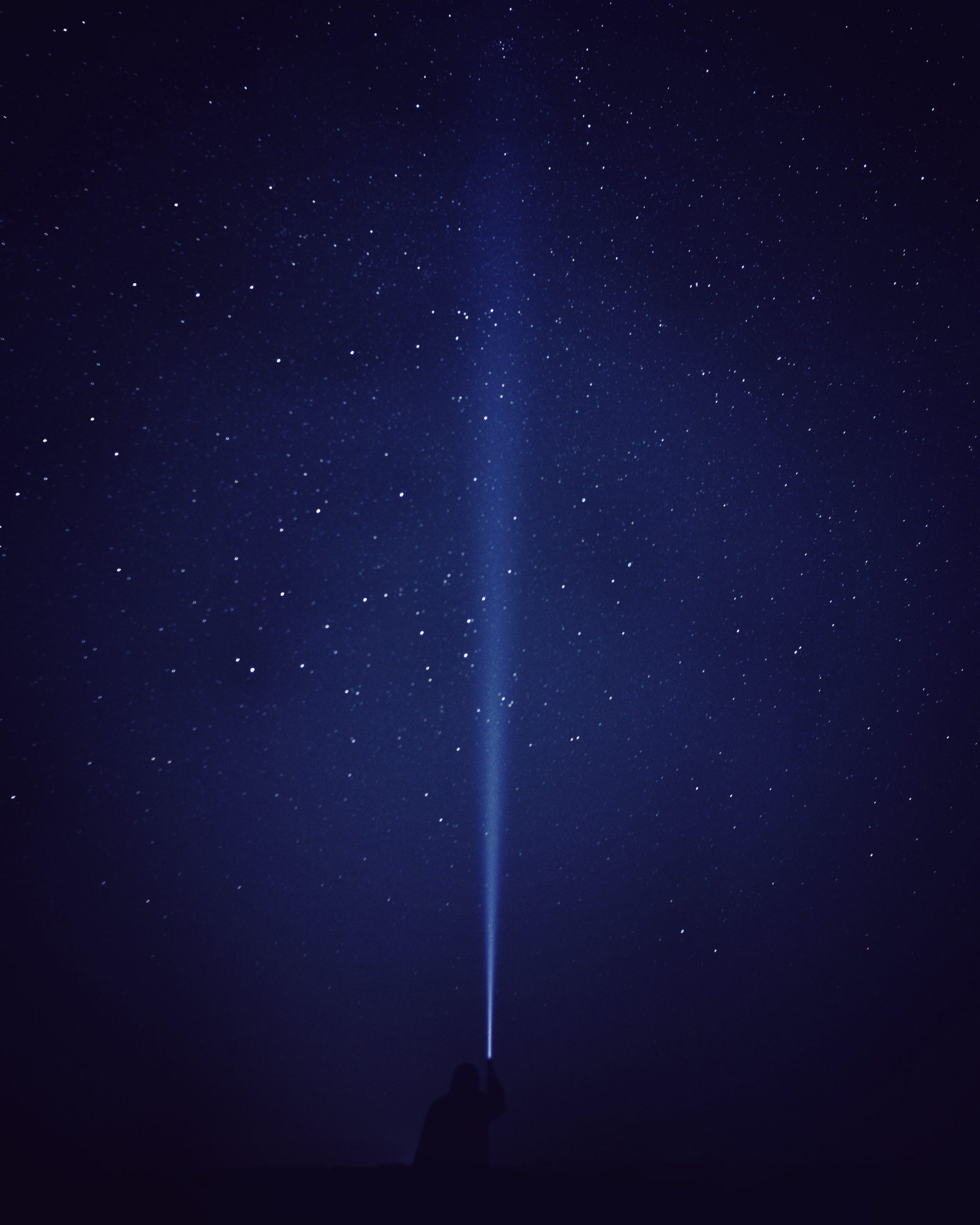The Difference Between Waxing Moon and Waning Moon
The moon has captivated humans throughout history with its ethereal beauty and mysterious nature. Ancient civilizations revered the moon, attributing various meanings and powers to its different phases. Among the most well-known lunar phases are the waxing moon and the waning moon. In this article, we will explore the difference between these two phases and delve into the fascinating phenomena that occur during each.
What is the Waxing Moon?
The waxing moon refers to the lunar phase when the illuminated portion of the moon is increasing, transitioning from a new moon to a full moon. This phase follows the new moon phase and is characterized by the moon gradually becoming brighter each night.
During the waxing moon, the moon appears to grow larger as more of its surface reflects sunlight. As a result, more of the moon’s surface becomes visible from Earth, unveiling an ever-increasing portion of its mesmerizing beauty.
Waxing Moon Phases
The waxing moon can be further divided into several phases. These phases include:
- New Moon: At the beginning of the waxing moon phase, the moon is not visible since it lies between the Earth and the Sun.
- Crescent Moon: As the days progress, a small curved sliver begins to appear on the right side of the moon.
- First Quarter Moon: The right half of the moon is now illuminated, forming a half-moon shape.
- Gibbous Moon: Following the first quarter moon, more than half of the moon becomes visible, with a small dark portion on the left side.
- Full Moon: Finally, the waxing moon reaches its peak illumination, presenting a fully illuminated and majestic circular moon.
Each of these phases occurs consecutively as the moon transitions from the new moon to the full moon.
What is the Waning Moon?
Conversely, the waning moon refers to the lunar phase when the illuminated portion of the moon is decreasing, transitioning from a full moon to a new moon. This phase follows the full moon phase and is characterized by the moon gradually becoming dimmer each night.
During the waning moon, the moon appears to shrink as less of its surface reflects sunlight. As a result, less of the moon is visible from Earth, gradually concealing its enchanting presence.
Waning Moon Phases
Similar to the waxing moon, the waning moon can be divided into various phases, which include:
- Full Moon: Unlike the waxing moon, the full moon marks the beginning of the waning phase. The moon is fully illuminated at this stage.
- Gibbous Moon: Following the full moon, the right side of the moon begins to darken, forming a curved shape.
- Last Quarter Moon: At this stage, the left half of the moon is illuminated, forming a half-moon shape.
- Crescent Moon: As the days progress, the illuminated portion shrinks further, forming a decreasing curved sliver on the left side of the moon.
- New Moon: Finally, the waning moon phase reaches its endpoint, with the moon being completely obscured from view.
These phases occur sequentially as the moon transitions from the full moon back to the new moon.
The Celestial Dance of the Moon
The waxing moon and the waning moon together create a celestial dance that repeats itself in a continuous cycle. This dance arises due to the relative positions of the Sun, Moon, and Earth.
As the moon orbits around the Earth, different portions of its surface are directly illuminated by the Sun. From the Earth’s perspective, the angle between the Sun, Moon, and Earth determines how much of the moon’s illuminated surface we can see. This angle changes as the moon orbits the Earth, giving rise to the waxing and waning phases.
During the waxing moon, the Earth is positioned between the Sun and the moon, causing the illuminated side of the moon to face away from us. As the moon continues its orbit, the portion of the illuminated surface we can see increases each night.
In contrast, during the waning moon, the moon is positioned between the Sun and the Earth, causing the illuminated side of the moon to face us. As the moon continues its orbit, the portion of the illuminated surface diminishes each night until it reaches the new moon phase.
The Significance of Waxing and Waning Moon
Throughout history, cultures around the world have attributed various symbolic and spiritual meanings to the waxing and waning moon phases. The waxing moon is often associated with growth, abundance, and new beginnings. It is believed to be an ideal time for setting goals, starting new projects, and manifesting desires.
On the other hand, the waning moon is associated with release, introspection, and letting go. It is seen as a time for reflection, culminating unfinished business, and shedding negativity or emotional baggage.
Many also believe that the energy of the moon affects our emotions and well-being. For example, some individuals may experience increased vitality and enthusiasm during the waxing moon, while others may feel a sense of calm and tranquility during the waning moon.
The Moon’s Spellbinding Beauty
Whether you are drawn to the waxing moon’s luminous ascent or captivated by the waning moon’s enigmatic decline, the moon’s allure is mesmerizing. Its cycles have inspired poets, artists, and dreamers for millennia. Understanding the difference between waxing and waning moon phases allows us to appreciate the moon’s profound influence and connect with the ancient traditions that revered its splendor.
So, the next time you gaze upon the glowing orb in the night sky, take a moment to contemplate the dance of the waxing and waning moon, and let yourself be immersed in the magic that envelops us all.
Table of Contents
